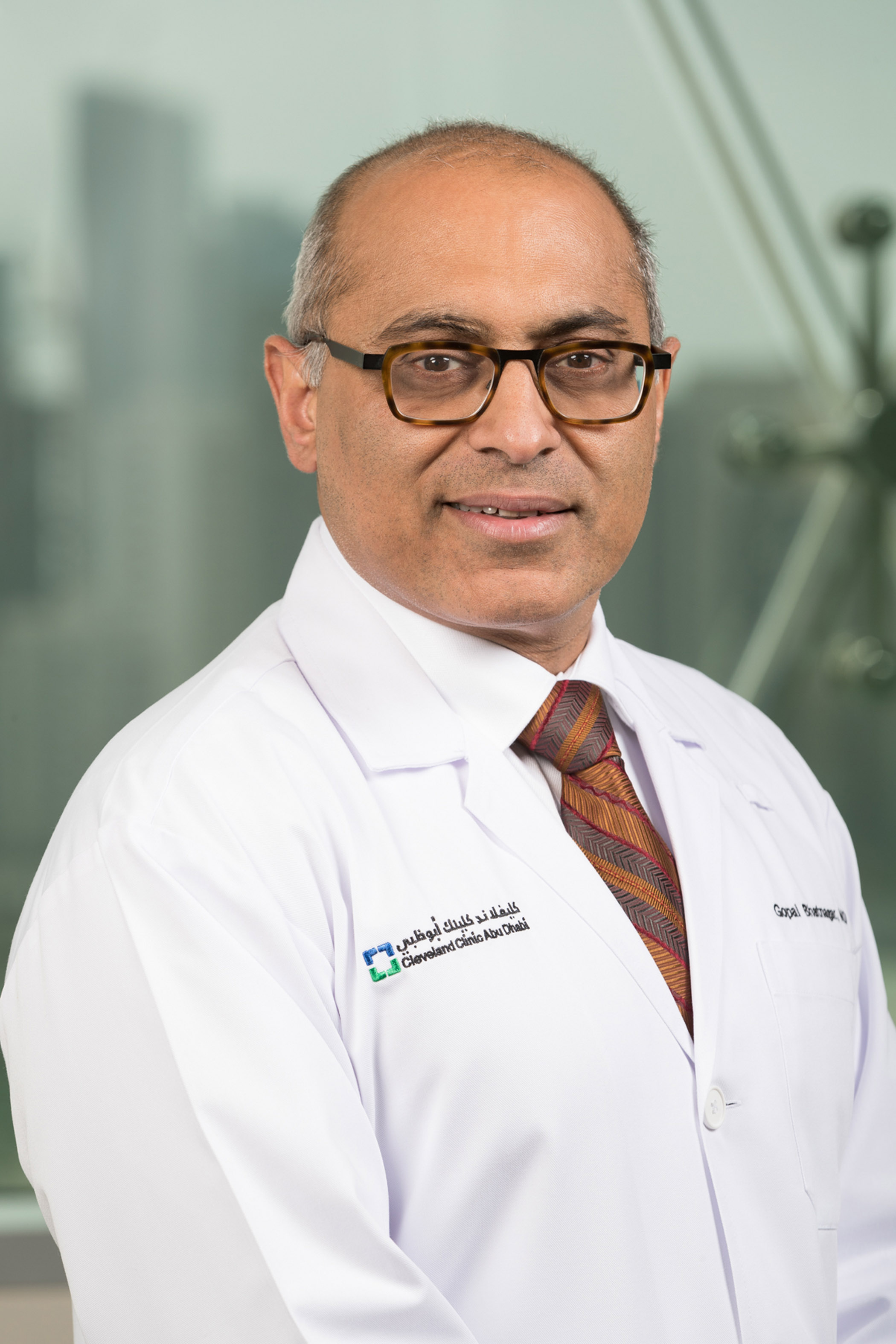Surgeons at Cleveland Clinic Abu Dhabi, part of the Mubadala network of healthcare providers, performed two life-saving surgeries for the same patient in a single surgical session and through the same incision, in a rare combined operation.
A 65-year-old Emirati national with a history of smoking visited the hospital after a CT scan found a small lesion on his right lung. Concerned that this finding might be a sign of early stage lung cancer, doctors scheduled him for surgery to remove part of it for rapid testing. If tests confirmed the presence of cancer, surgeons would continue the surgery to remove the affected part of the lung.
Upon arriving at Cleveland Clinic Abu Dhabi for pre-surgery checks, doctors discovered the patient was suffering from severe coronary stenosis – a narrowing of the blood vessels that supply blood to the heart. His condition meant he was deemed at high risk of heart attack and needed an urgent triple coronary bypass before he could undergo any other surgery. However, open-heart surgery would mean any operation to treat the suspected lung cancer would have to be delayed while the patient recovered – losing vital time to stop the potential spread.
“We were faced with a patient with two potentially life-threatening conditions. Delaying treatment for either one would have put the patient at great risk of either a heart attack or allowing a possible cancer to progress. Given the urgency, we decided that a rare, combined surgical approach would allow us to treat both conditions at the same time without compromising either one,” explains Dr. RedhaSouilamas, Chair of Thoracic Surgery at Cleveland Clinic Abu Dhabi.
Preparations for the surgery required extensive planning and coordination between the lung and heart surgery teams at the hospital, who meticulously planned the order in which each stage of the surgery would take place and aligned approaches to avoid any possible complications.
“Combining two surgeries, particularly such different ones, increases the complexity of the operation significantly. For example, some of the medications used in one operation can cause complications in the other. Considering the risk of aggravating cancer when a heart lung machine is used, we opted for a ‘beating heart’ approach to the bypass to make it as safe as possible,” says Dr. Gopal Bhatnagar, Chair of Cardiac Surgery at Cleveland Clinic Abu Dhabi.
Both surgeries were conducted through a single incision, with the biopsy of the patient’s lung taking place first, to enable pathologists to analyze the sample and arrive at a definite diagnosis. After 20 minutes, the lesion in the patient’s lung was confirmed to be cancer. Dr. Souilamas and his team immediately started to remove the affected part of the lung while the cardiac surgery team took veins from the patient’s leg to use for the bypass. Once the lung surgery was complete, the heart surgery team took over and performed the triple bypass through the same incision.
“Although the heart surgery team was on standby during the lung operation in case the patient’s condition worsened, I’m pleased to say that both surgeries went perfectly. The combined approach meant that the patient was able to recover quickly as there was only one incision and he has since been discharged to recover at home,” says Dr. Bhatnagar.
Following the successful five-hour combined surgery, the patient was discharged just six days after the operation. As his lung cancer had been detected and removed at such an early stage, he does not require any further oncology treatment such as chemotherapy or radiotherapy.
“I am very proud that we were able to offer this patient both of the life-saving operations he needed at the same time. Very few hospitals in the world are able to provide such a high level of coordinated care and achieve such a remarkable outcome,” concludes Dr. Souilamas.





